| [1] Carrotte P.Endodontics: Part 1.The modern concept of root canal treatment. Br Dent J.2004; 197(4): 181-183.[2] Malmberg L,Bjorkner AE,Bergenholtz G.Establishment and maintenance of asepsis in endodontics - a review of the literature.Acta Odontol Scand.2016;74(6):431-435.[3] Rambabu T.Canal projection using gutta-percha points: A novel technique for pre-endodontic buildup of grossly destructed tooth.J Conserv Dent.2016;19(2):194-197.[4] Swanljung O,Vehkalahti MM.Root Canal Irrigants and Medicaments in Endodontic Malpractice Cases: A Nationwide Longitudinal Observation. J Endod.2018;44(4):559-564.[5] Heydrich R.Pre-endodontic treatment restorations. A modification of the 'donut' technique.J Am Dent Assoc.2005;136(5):641-642.[6] Holliday R.Cohen's pathways of the pulp, 10th edition.Br Dent J. 2011; 210(5):242.[7] Naoum H,Chandler N.Temporization for endodontics.Int Endod J. 2002;35(12):964-978.[8] Tanikonda R.Canal projection using gutta-percha points: A novel technique for pre-endodontic buildup of grossly destructed tooth.J Conserv Dent.2016;19(2):194-197.[9] Jensen A,Abbott P,Castro Salgado J.Interim and temporary restoration of teeth during endodontic treatment.Aust Dent J.2007;52(1 Suppl): S83-99.[10] Jensen AL,Abbott PV.Experimental model: dye penetration of extensive interim restorations used during endodontic treatment while under load in a multiple axis chewing simulator.J Endod.2007; 33(10): 1243-1246.[11] Castellucci A.Endodontics.Firenze:II Tridente (Firenze),2004:330-337.[12] Baig MS,Fleming GJ.Conventional glass-ionomer materials: A review of the developments in glass powder, polyacid liquid and the strategies of reinforcement.J Dent.2015;43(8):897-912.[13] Pegoraro TA,Da Silva NR,Carvalho RM.Cements for use in esthetic dentistry.Dent Clin North Am. 2007;51(2):453-471.[14] Cambruzzi JV,Marshall FJ,Pappin JB.Methylene blue dye: an aid to endodontic surgery.J Endod.1985;11(7):311-314.[15] Gutmann JL.Finding Small Root Canals.J Hist Dent.2016;64(1):14.[16] Scotti N,Comba A,Gambino A,et al.Microleakage at enamel and dentin margins with a bulk fills flowable resin.Eur J Dent.2014;8(1):1.[17] Chiniforush N,Pourhajibagher M,Shahabi S,et al.Clinical Approach of High Technology Techniques for Control and Elimination of Endodontic Microbiota.J Lasers Med Sci.2015;6(4):139-150.[18] Pourhajibagher M,Chiniforush N,Raoofian R,et al.Evaluation of photo-activated disinfection effectiveness with methylene blue against Porphyromonas gingivalis involved in endodontic infection: An in vitro study.Photodiagnosis Photodyn Ther.2016;16:132-135.[19] 苏英.甲紫对白念珠菌毒力因子作用的实验研究[J].中国麻风皮肤病杂志, 2009,25(9):648-650.[20] 李钧,王松灵.甲紫注入小型猪正常腮腺后超微病理学观察[J].现代口腔医学杂志,2000,14(6):411-411.[21] Ganesan L,Margolles-Clark E,Song Y,et al.The food colorant erythrosine is a promiscuous protein-protein interaction inhibitor. Biochem Pharmacol.2011;81(6):810-818.[22] Tahmassebi JF,Drogkari E,Wood SR.A study of the control of oral plaque biofilms via antibacterial photodynamic therapy.Eur Arch Paediatr Dent.2015;16(6):433-440.[23] Costa SB,De Oliveira RVD,Viégas Montenegro R,et al.Bond strength evaluation of composite resin bonded to glass ionomer cements after different periods of setting.Int J Adhes Adhes.2013;47:146-150.[24] 李若珍,吕永昌,毕良佳.四碘荧光素钠对口腔龈上菌斑抑制效果研究[J].中国实用口腔科杂志,2016,9(1): 27-30.[25] De Caluwe T,Vercruysse CW,Ladik I,et al.Addition of bioactive glass to glass ionomer cements: Effect on the physico-chemical properties and biocompatibility.Dent Mater.2017;33(4):e186-e203.[26] Ferreira JMS,Pinheiro SL,Sampaio FC,et al.Use of glass ionomer cement containing antibiotics to seal off infected dentin: a randomized clinical trial.Brazilian Dent J.2013;24(1):68-73.[27] Garcia IM,Leitune VCB,Balbinot GS,et al.Influence of niobium pentoxide addition on the properties of glass ionomer cements.Acta Biomater Odontol Scand.2016;2(1):138-143.[28] Algera TJ,Kleverlaan CJ,Prahl-Andersen B,et al.The influence of environmental conditions on the material properties of setting glass-ionomer cements.Dent Mater.2006;22(9):852-856.[29] Bhatia HP,Singh S,Sood S,et al.A Comparative Evaluation of Sorption, Solubility, and Compressive Strength of Three Different Glass Ionomer Cements in Artificial Saliva: An in vitro Study.Int J Clin Pediatr Dent. 2017;10(1):49-54.[30] 崔恺,陈吉华,赵三军.不同剂型玻璃离子水门汀溶解性比较研究[J].牙体牙髓牙周病学杂志,2008,18(2): 87-89.[31] Troca V,Fernandes K,Terrile A,et al.Effect of green propolis addition to physical mechanical properties of glass ionomer cements.J Appl Oral Sci.2011;19(2):100-105.[32] Bhatia H,Singh S,Sood S,et al.A Comparative Evaluation of Sorption, Solubility, and Compressive Strength of Three Different Glass Ionomer Cements in Artificial Saliva: An Study.Int J Clin Pediatr Dent. 2017; 10(1):49-54.[33] Hengtrakool C,Kukiattrakoon B,Kedjarune-Leggat U.Effect of naturally acidic agents on microhardness and surface micromorphology of restorative materials.Eur J Dent.2011;5(1):89-100.[34] Hewlett E,Caputo A,Wrobel D.Glass ionomer bond strength and treatment of dentin with polyacrylic acid.J Prosthet Dent.1991;66(6): 767-772.[35] Tedesco TK,Calvo AFB,Domingues GG,et al.Bond Strength of High-Viscosity Glass Ionomer Cements is Affected by Tubular Density and Location in Dentin?Microsc Microanal.2015;21(4):849-854.[36] Abo Al-Hana DA,El-Messairy AA,Shohayb FH,et al.Micro-shear bond strength of different composites and glass-ionomers used to reinforce root dentin.Tanta Dent J.2013;10(2):58-66.[37] Sidhu SK,Nicholson JW.A Review of Glass-Ionomer Cements for Clinical Dentistry.J Funct Biomater. 2016;7(3).pii: E16.doi: 10.3390/jfb7030016.[38] Cheetham JJ,Palamara JE,Tyas MJ,et al.Evaluation of the interfacial work of fracture of glass-ionomer cements bonded to dentin.J Mech Behav Biomed Mater.2014;29:427-437. |
.jpg)
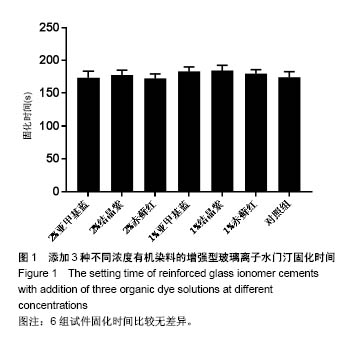
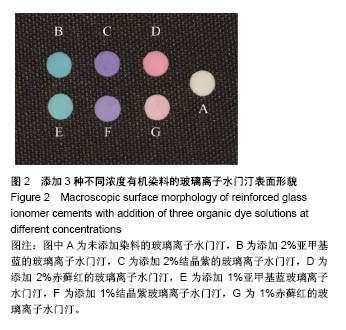
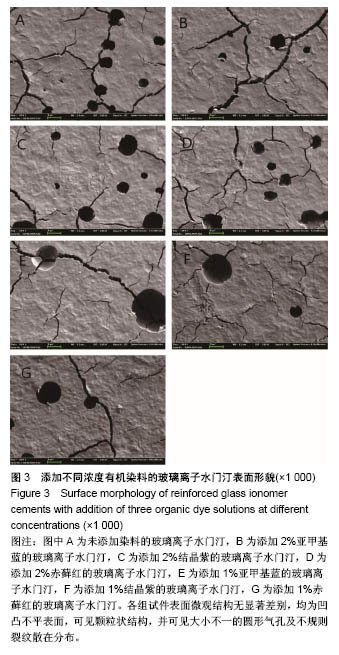
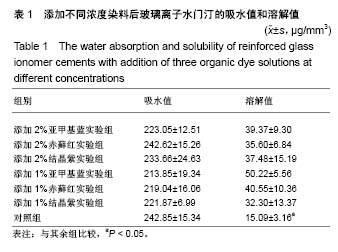
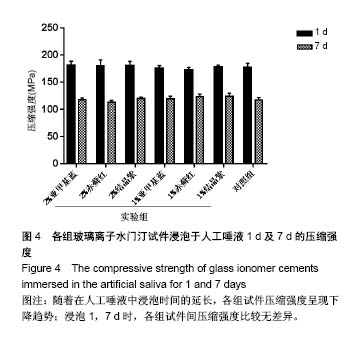
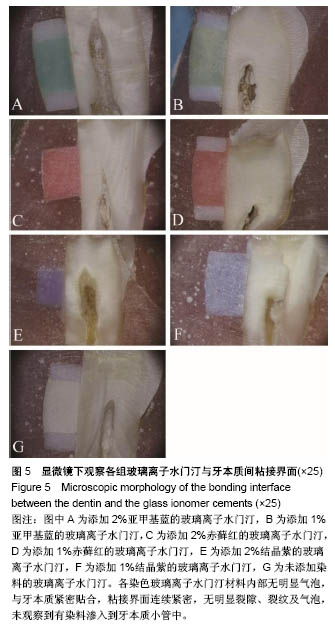
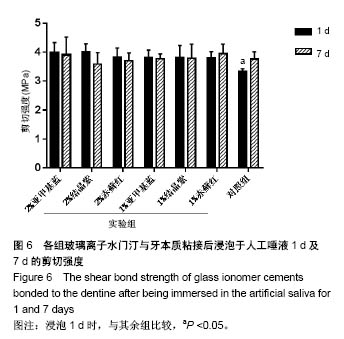
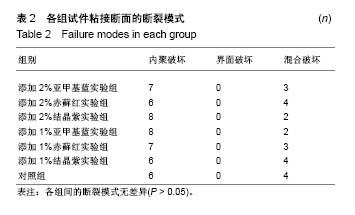
.jpg)